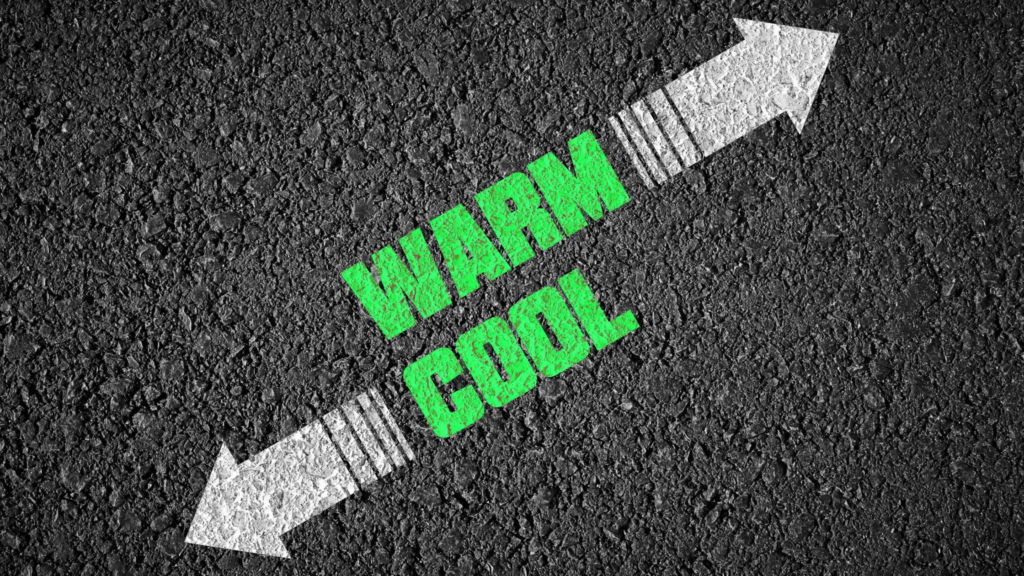Warming Up and Cooling Down
“Your recovery time should be proportional to your training intensity level.” In the strength and conditioning world, it has been long understood that the warm-up and cool down is essential for optimal performance and recovery. In the athletic world, you will quickly realize that warm-ups and cool-downs all look different. Some people warm-up for 5 […]
Warming Up and Cooling Down Read More »









